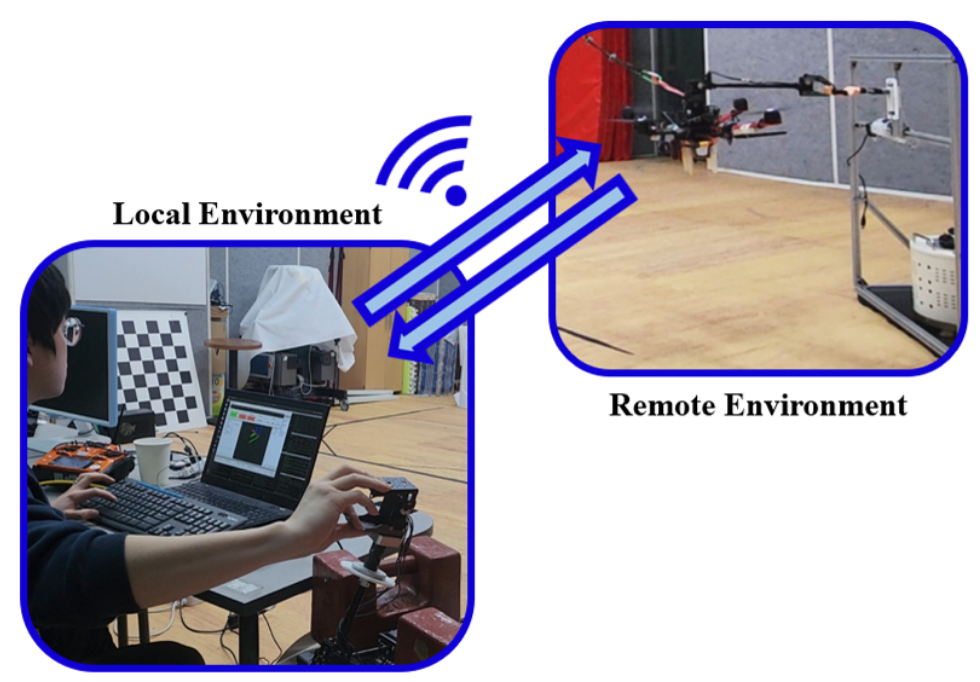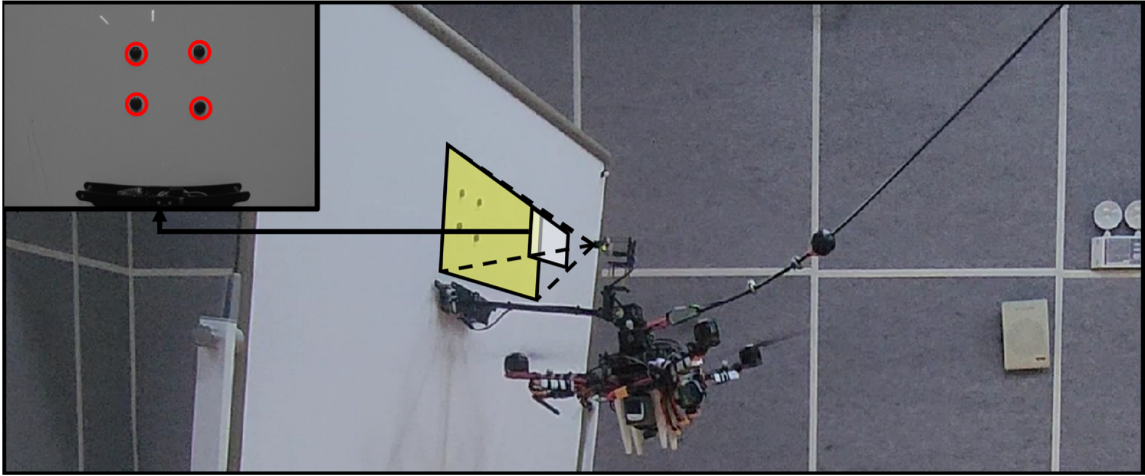[STUDY] Terminologies and Concepts used in Control and Estimation Theory - 1
- Control methods
- Impedance control: A dynamic control method which relates force and position.
- Mechanical impedance: The ratio of force output to motion input
- Purpose of this method is to regulate the relationship between force and position. Thus, it requires a position, velocity or acceleration input to control the force output value.
- It is a conventional control method we use, which makes an actuator input using desired position, velocity or acceleration.
- Admittance control: A dynamic control method which relates force and position, but in the inverse way of impedance control.
- Mechanical admittance: The ratio of motion output to force input
- It requires a force input to control the position, velocity or acceleration.
- Bang-singular control: It is a control method which consists of both bang-bang portion and singular portion.
- Bang-bang control: A kind of feedback controller which abruptly switches its control law between two discrete phases.
- Singular control: An optimal control problem which cannot be solved by Pontryagin’s minimum principle.
- Pontyagin’s maximum principle is a sort of optimal control theory.
- This principle is a way to design the control law which enables a dynamical system to switch from one phase to another phase under some constraints on both state and input.
- According to the optimal control theory, it is proven that the time-optimal trajectory of the input-affined system is bang singular.
- Event-triggered control: A control system which do not send any actuator signal unless the “event-triggering condition” is invoked.
- Impedance control: A dynamic control method which relates force and position.
- Control Systems
- Networked control system (NCS): The closed-loop system which is controlled by communication networks.
- There are four crucial elements: sensor + controller + actuator + communication network
- It facilitates the system to conduct some specific tasks which require the comminication between two places wihch are far from each other.
- It can reduce its communication load while using event-triggered control.
- Fuzzy control system: A control system based on fuzzy logic, which is a mathematical system that analyzes analog input values in terms of logical variables that take on discrete values, 0 or 1.
- Networked control system (NCS): The closed-loop system which is controlled by communication networks.
- Sets
- Convex hull: The smallest convex set which contains a dot or a region which are given in the form of set.
- Convex set: For a set $A$ in Euclidean space, $A$ is called a convex set if we pick two arbitrary points inside $A$, then a segment which connects the two points is always the element of $A$.
- Convex set: For a set $A$ in Euclidean space, $A$ is called a convex set if we pick two arbitrary points inside $A$, then a segment which connects the two points is always the element of $A$.
- Compact set
- $S$ is covered by a collection of open sets, $O$ ($S \subset $ (at least one member of) $O$), and said to compact if $S$ is covered by some finite set of members of $O$ for every covering $O$ of $S$ by open sets.
- In Euclidean space ($\mathbb{R}^{n}$), it is defined as a closed and bounded subset of Euclidean space, e.g. closed interval, rectagnle, finite set of points. This property is proved in detail in [4].
- Convex hull: The smallest convex set which contains a dot or a region which are given in the form of set.
- Functions
- Class $K$ function
- a continuous function $\alpha$: [0,a) $\rightarrow$ [0,$\infty$)
- a strictly increasing function
- $\alpha(0)$ =$0$
- cf) class $K_{\infty}$ function: a class $K$ function which is radially unbounded
- Class $KL$ function
- a continuous function $\beta$: [0,a) x $[0,\infty]$ $\rightarrow$ [0,$\infty$)
- for each fixed $s$, the function $\beta(r,s)$ belongs to class $K$
- for each fixed $r$, the function $\beta(r,s)$ is decreasing with respect to $s$ and is s.t. $\beta(r,s)$ $\rightarrow$ 0 for $s$ $\rightarrow$ $\infty$
- Class $K$ function
- S-procedure: The S-procedure, also called as “S-lemma” is defined as follows.
- Definition: A mathematical process to find the equivalent linear matrix inequality (LMI) that makes a particular quadratic inequality.
- Procedure (w/o proof)
- IF $0 \leq z^TF_{0}z \, \rightarrow \, 0 \leq z^TF_{1}z$ and there exists $z_0 \, s.t. \, 0 \leq z_{0}^{T}F_{0}z_{0}$
- THEN there exists a nonnegative $\tau \, s.t. \, \tau F_{1} \leq F_{0}$
Reference
[1] https://en.wikipedia.org/wiki/Convex_set
[2] https://en.wikipedia.org/wiki/Impedance_control
[3] https://en.wikipedia.org/wiki/Bang%E2%80%93bang_control
[4] https://en.wikipedia.org/wiki/Singular_control
[5] https://en.wikipedia.org/wiki/Pontryagin%27s_maximum_principle
[6] https://en.wikipedia.org/wiki/Networked_control_system
[7] https://en.wikipedia.org/wiki/Fuzzy_control_system#Fuzzy_control_in_detail
[8] Heemels, W. P. M. H., Karl Henrik Johansson, and Paulo Tabuada. “An introduction to event-triggered and self-triggered control.” 2012 ieee 51st ieee conference on decision and control (cdc). IEEE, 2012.
[9] https://en.wikipedia.org/wiki/Class_kappa_function
[10] https://en.wikipedia.org/wiki/Class_kappa-ell_function
[11] https://en.wikipedia.org/wiki/Compact_space
[12] http://www-math.mit.edu/~djk/calculus_beginners/chapter16/section02.html




Leave a Comment
Your email address will not be published. Required fields are marked *